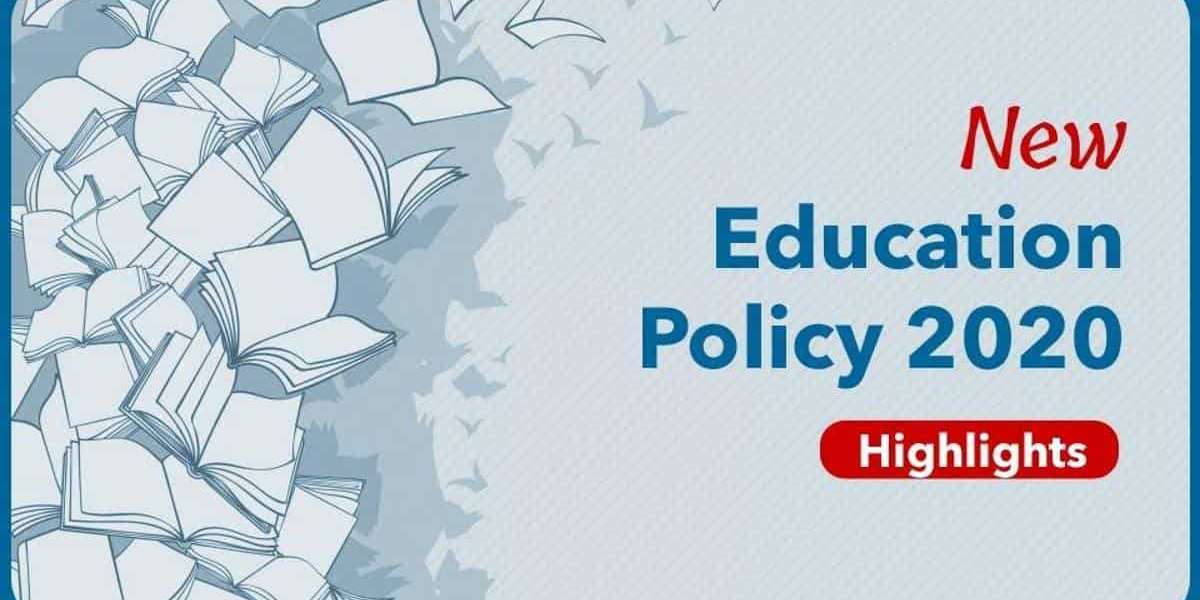On the 29th of July, a new National education policy (NEP) was cleared by the union cabinet that proposed sweeping changes in schools and higher education platforms. In its literal sense, it is a comprehensive framework that guides the development of education in our country. The need for such a policy was first felt in 1964 when Siddheshwar Prasad, then Congress MP had criticised the then government for lacking a philosophy and vision for education and the same year an education commission was formed that comprised of 17 members and was headed by then UGC chairperson Mr. D S Kothari.
A new NEP usually comes along every few decades, India has had three till date and the latest one passed this year proposes majorly sweeping changes including dismantling of the UGC and the All India Council for technical education, opening up of Indian higher education to foreign universities, discontinuation of the MPhil programme and introduction of a multidisciplinary undergraduate program with multiple exit options. Particularly in school education, the policy essentially focuses on overhauling the curriculum, making board exams much easier by testing core competencies instead of memorising facts as well as the allowance to take the exam twice, a reduction in the syllabus to retain the core essentials and a major thrust on “experiential learning as well as critical thinking”. One can notice a quite significant shift from the 1986 policy that pushed for a 10+2 structure of the school education as the new NEP now proposes a 5+3+3+4 design that corresponds to the age group 3 to 8 years as the foundational stage, 8 to 11 years as the preparatory stage, 11 to 14 years as the middle stage and 14 to 18 years as the secondary stage. This brings early childhood education which is commonly known as free schooling for children of ages 3 to 5 under the strict ambit of formal schooling. Further, the midday meal programme is extended to preschool children. The NEP also states that the students up until class five should be taught solely in their mother tongue or regional language. Lastly, the policy proposes phasing out of all the institutions that offer single streams and says that all the colleges and universities must aim to become multidisciplinary by 2040.
There are certain questions that the NEP has failed to answer one of which is what about the people in transferable jobs or children of multilingual parents. The NEP doesn’t say anything specifically on children of transferable parents however it does acknowledge the children living in multilingual families and states that the teachers will be encouraged to use a bilingual approach including bilingual teaching-learning materials with students whose home language may be distinct from the medium of instruction.
Even though the NEP document states that universities from among the top hundred in the world will be able to set up their campuses in India, it is not clear if the new land would enthuse the best of universities abroad to set up their campuses in our country as in 2013 at the time the UPA-II was trying to push a very similar way and it was reported that nearly 20 of the top global universities including Cambridge, MIT, Yale and Stanford had shown absolutely no interest in entering the Indian market. The new education policy definitely aims to facilitate a very participatory, inclusive and holistic approach that takes into consideration empirical research, stakeholder feedback, field experiences as well as lessons that are learned from best practices. It has progressively shifted towards a more scientific approach to education and prescribes a structure that will help in catering to the ability of the child - physical awareness as well as stages of cognitive development. If this new education policy is implemented in its true vision and sense then the new structure can definitely bring India at par with all the leading countries of the world.






